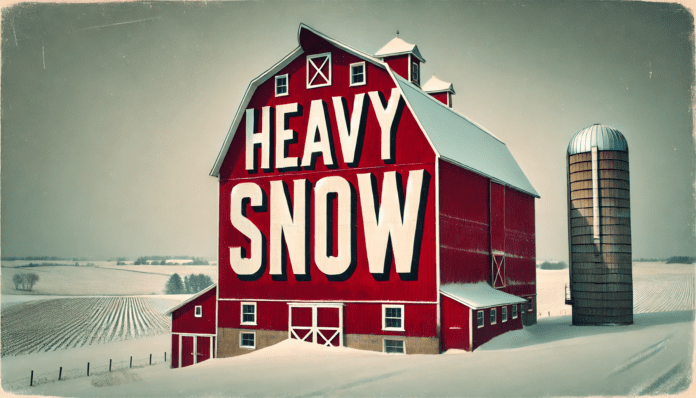Rapid City, SD – Western South Dakota may be in for a snowier and stormier season than usual, with the 2025-26 Winter Weather Outlook showing an increased risk of heavy snowfall and disruptive storms between December and February.
According to the National Weather Service (NWS) Climate Prediction Center, weak La Niña conditions are developing this fall and could shift toward neutral by mid-winter. Historically, these patterns often pull Arctic air into the northern Plains and direct stronger storm systems across the Dakotas. For the Black Hills and western South Dakota, that could mean more frequent and heavier snow events than in recent winters.
Meteorologists stress that the outlook is preliminary and influenced by short-term climate patterns. Systems like the Arctic Oscillation (AO) and Madden-Julian Oscillation (MJO) can rapidly shift storm tracks, producing wide swings between calm weather and sudden bursts of heavy snow.
Still, the potential for above-average snowfall is strong this year. The Black Hills region—including Rapid City, Spearfish, and Sturgis—may face multiple significant snowstorms. Higher elevations could see heavy accumulations, while surrounding plains may experience blizzard-like conditions when strong winds combine with fresh snow.
Historical records illustrate how variable similar winters have been. Some La Niña years brought manageable totals around 40 inches in Rapid City, while others delivered more than 80 inches, creating weeks of travel difficulties. This range underscores the importance of early preparation.
Travel impacts are expected to be among the most serious issues. Highways including I-90 and U.S. 85 often see closures during winter storms, particularly in open stretches vulnerable to whiteout conditions. Officials warn that January and February are likely to bring the most severe events.
The official NWS winter forecast will be released October 16, but officials advise western South Dakotans to act now. Residents should service heating systems, stock up on salt and snow shovels, and prepare emergency kits for homes and vehicles. Motorists are urged to keep blankets, food, and water on hand in case of travel delays or breakdowns during storms.




